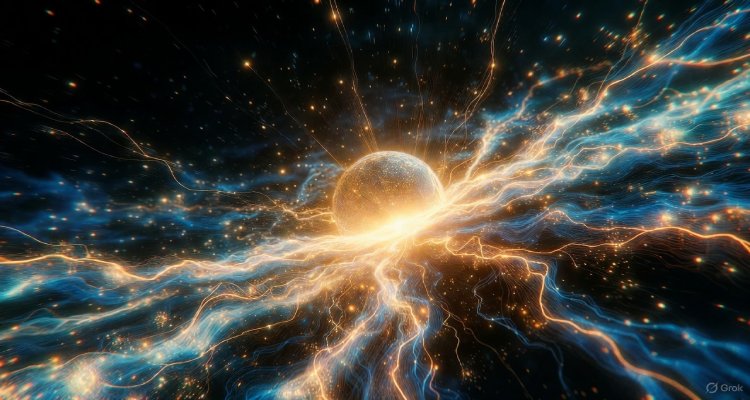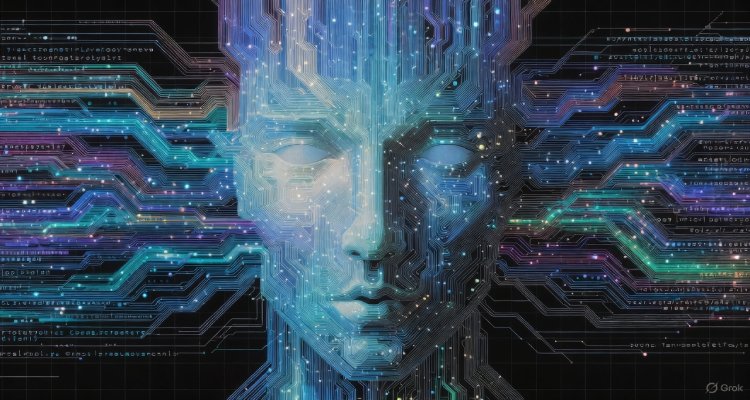Shiva and the Cosmic Churn: Lessons from Samudra Manthan
The legend of Shiva and the Samudra Manthan reveals deep cosmic truths, symbolizing the eternal battle between good and evil—and humanity’s quest for immortality.
Introduction: A Myth Forged in Cosmic Turmoil
In the boundless realm of Hindu mythology, few tales resonate as deeply as the legend of the Samudra Manthan—the churning of the ocean of milk. Central to this celestial drama is Lord Shiva, the ascetic god of transformation, who played a pivotal yet perilous role in preserving creation itself. This saga is more than a myth; it’s a symbolic retelling of moral struggle, sacrifice, and divine intervention in the face of existential crisis.
The Cosmic Background: What Was the Samudra Manthan?
According to ancient Hindu scriptures, particularly the Bhagavata Purana, Vishnu Purana, and Mahabharata, the Samudra Manthan was a collaborative event between the Devas (gods) and Asuras (demons). After the Devas lost their strength due to a curse from Sage Durvasa, they sought help from Lord Vishnu, who advised them to churn the ocean of milk (Ksheera Sagar) to obtain the nectar of immortality (Amrit).
This churning was no simple task. Mount Mandara was used as the churning rod and the serpent Vasuki served as the rope. As the two opposing forces pulled Vasuki back and forth, the cosmic ocean began to yield a series of treasures—and dangers.
The Poison That Threatened the Universe—and Shiva’s Intervention
As the churning commenced, several divine objects emerged, such as Kamadhenu (wish-fulfilling cow), Airavata (celestial elephant), and the goddess Lakshmi. But not all was benevolent. From the depths arose Halahala, a lethal poison capable of annihilating all creation.
Panicked, the Devas and Asuras turned to Lord Shiva, the destroyer among the Holy Trinity (Trimurti). Without hesitation, Shiva consumed the poison to protect the cosmos. To prevent it from harming him, his consort Parvati gently held his throat, stopping the toxin from descending. The poison turned his neck blue, earning him the name Neelkantha, the blue-throated one.
This moment wasn’t just about salvation—it was a defining act of sacrifice that underscored Shiva’s role as the cosmic protector, willing to endure agony for universal equilibrium.
Why It Matters: Symbolism and Moral Legacy
The Samudra Manthan isn’t merely a mythological tale. It reflects philosophical and psychological truths relevant even today:
-
The Ocean represents the mind and its vast unconscious depths.
-
Mount Mandara symbolizes the axis of discipline.
-
Vasuki, the serpent, stands for desire—when controlled, it can stir the depths of knowledge.
-
Halahala, the poison, illustrates the dark byproducts of introspection—pain, ego, doubt.
-
Shiva, by consuming the poison, embodies the ideal spiritual anchor—grounded, selfless, and detached.
In this light, the legend teaches us that spiritual awakening and progress often come at a cost—the poison must be confronted before the nectar can be attained.
Expert Insight: Scholars and Devotees Speak
Dr. Devika Rao, Professor of Indology at Benares Hindu University
“The Samudra Manthan is not just theological—it’s psychological. The churn is within us. Shiva’s act of consuming poison without ego shows what it means to be truly centered.”
Swami Ramacharan, Contemporary Spiritual Teacher
“Shiva drinking Halahala teaches that we must learn to contain negativity without letting it spread. It’s the essence of emotional mastery.”
Public sentiment, especially during Maha Shivratri, often returns to this legend. Social media fills with art, quotes, and songs honoring Shiva’s sacrifice—reaffirming his relevance in the spiritual consciousness of millions.
Modern Implications: Shiva’s Message for a Chaotic World
The Samudra Manthan offers startling parallels to modern society
-
Global Conflict: Just like the Devas and Asuras had to cooperate to churn the ocean, modern nations must collaborate—even adversaries—to solve crises like climate change or pandemics.
-
Mental Health: Many today face their own “poisons”—anxiety, depression, addiction. Shiva’s act reminds us that courage, support (Parvati’s role), and containment can help navigate inner darkness.
-
Leadership: True leaders, like Shiva, step forward during crises and absorb the consequences for the greater good.
The myth becomes a metaphor—to attain progress (Amrit), one must confront and manage chaos (Halahala).
Conclusion: The Timelessness of Samudra Manthan
In a world teetering between technological advancement and moral ambiguity, the story of Shiva and the churning of the ocean remains as relevant as ever. It teaches that progress is impossible without struggle, that wisdom arises from balance, and that divinity lies not in power but in sacrifice and self-control.
As we churn through our own oceans of uncertainty, may we all find the strength to be a little like Shiva—strong, centered, and compassionate in the face of cosmic storms.
(Disclaimer: This article is a narrative interpretation based on ancient Hindu texts and spiritual traditions. Interpretations may vary across different sects and scholarly views. It is meant for educational and cultural awareness purposes.)
Also Read: Unveiling Shiva’s Origins: Myths That Shaped a God











